I have an ASP.NET Core application running as Azure App Service. Azure Application Insights is enabled (I followed these instructions). The problem is my instance of Azure Insights on Azure Portal isn't showing any useful data except for Live Metrics (see the screenshot). As you can see there are multiple requests and custom events on the screenshot.
However, when I open Transaction search it shows nothing (see the screenshot). Events page is empty as well (see the screenshot).
So far I double-checked an InstrumentKey. Also I tried to use ConnectionString instead of InstrumentKey, but it didn't help.
My app is running on .NET Core 3.1. I installed the latest version of Microsoft.ApplicationInsights.AspNetCore package which is 2.19.0.
Here is how logging is configured in Program.cs:
public static IWebHostBuilder CreateWebHostBuilder(string[] args) =>
WebHost.CreateDefaultBuilder(args)
.UseStartup<Startup>()
.ConfigureLogging(builder =>
{
builder.AddFilter<ApplicationInsightsLoggerProvider>("", LogLevel.Information);
});
And below is code from Startup.cs:
services.AddApplicationInsightsTelemetry(new ApplicationInsightsServiceOptions
{
ConnectionString = Environment.GetEnvironmentVariable("APPLICATIONINSIGHTS_CONNECTION_STRING")
});
LogLevel is also configured in appsettings.json:
"Logging": {
"LogLevel": {
"Default": "Warning"
},
"ApplicationInsights": {
"LogLevel": {
"Default": "Information"
}
}
Update: My Admin who has more permissions can see all data, including events, performance operations etc. So I suppose there's something to do with permissions. Though it's strange that I'm not seeing any warning messages. The Admin assigned me more roles (see the screenshot), but it didn't make any difference.
I would appreciate any help on this issue!




